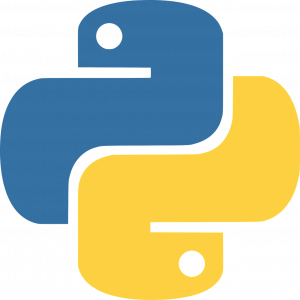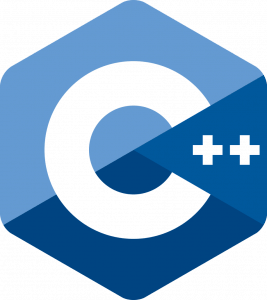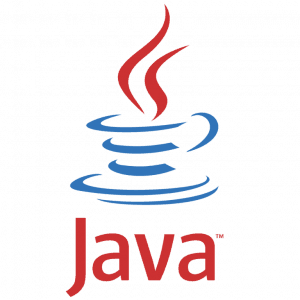AI Programming: 5 Most Popular AI Programming Languages
Interested in learning more about AI development? Read on to get an overview of the best languages to use for when creating AI programs.
Join the DZone community and get the full member experience.
Join For FreeAI programming is an elevation of technology that has brought efficiency and optimum benefits to different company’s operations and peoples lives. AI has brought another level of smart technology to different industries and the prospects of its potential still grows with the expectation that it would reach the human intelligence. This is because developers are willing to explore, experiment and implement its capabilities to satisfy more of the human and organization necessities. After all, necessity is the mother of invention.
Just like in the development of most software applications, a developer has a variety of languages to use in writing AI. However, there is no perfect programming language to point as the best programming language used in artificial intelligence. The development process depends on the desired functionality of the AI application being developed. AI has so far achieved biometric intelligence, autopilots for self-driving cars and other applications that required different artificial intelligence coding language for their development projects.
At Existek, we love AI programming, check our AI and neural network based handwriting character recognition application case study. Debates about best language for AI programming languages never stop. Because of that, we decided to compare languages we commonly use for artificial intelligence projects to outline pros and cons of each one.
As a result, this article seeks to provide you with closure on the appropriate artificial intelligence programming language. It answers the question, ‘what is the language used for artificial intelligence?’
Python

Python is among developers' favorite programming languages for AI development because of its syntax, simplicity, and versatility. Python is very encouraging for machine learning for developers as it is less than languages such as C++ and Java. It also a very portable language as it is used on platforms including Linux, Windows, Mac OS, and UNIX. It is also popular because it allows you to create interactive, interpreted, modular, dynamic, portable and high-level code, which makes it more unique than Java.
Also, Python is a multi-paradigm programming language that supports object-oriented, procedural, and functional styles of programming. Python supports neural networks and development of NLP solutions thanks to its simple function library and ideal structure.
Advantages
- Python has a rich and extensive variety of library and tools.
- Supports algorithm testing without having to implement them.
- Python's object-oriented design increases a programmer's productivity.
- Compared to Java and C++, Python is faster in development.
Disadvantages
- Developers accustomed to using Python face difficulty in adjusting to completely different syntaxes when they try using other languages for AI programming.
- Unlike C++ and Java, Python works with the help of an interpreter which makes compilation and execution slower in AI development.
- Not suitable for mobile computing.
C++

Advantages
C++ is the fastest computer language, which makes it great for AI programming projects that are time sensitive. It provides faster execution time and has a quicker response time (which is why it's often applied in search engines and games). In addition, C++ allows for the extensive use of algorithms and is efficient in using statistical AI techniques. Another important factor is that C++ supports the re-use of code in development due to inheritance and data-hiding, making it both time and cost efficient.
C++ is appropriate for machine learning and neural networks.
Disadvantages
- Poor in multitasking; C++ is suitable only for implementing the core or the base of specific systems or algorithms.
- It follows the bottom-up approach and is, thus, highly complex.
Java

Java is also a multi-paradigm language that follows object-oriented principles and the principle of Once Written Read/Run Anywhere (WORA). It is an AI programming language that can run on any platform that supports it without the need for recompilation.
Java is one of the most commonly used languages, and not just in AI development. It derives a major part of its syntax from C and C++. Java is not only appropriate for NLP and search algorithms but also for neural networks.
Lisp

Advantages
Lisp is a family of computer programming language and is the second oldest programming language after Fortran. LISP has developed over time to become a strong and dynamic language in coding.
Some consider Lisp as the best AI programming language due to the freedom it offers developers. Lisp is used in AI because of its flexibility enables fast prototyping and experimentation which, in turn, facilitate Lisp to grow as a standard in AI development. For instance, Lisp has a unique macro system which facilitates exploration and implementation of different levels of intelligence.
Lisp, unlike most AI programming languages, is more efficient in solving specific problems, as it adapts to the needs of the solutions a developer is writing. It is highly suitable for inductive logic projects and machine learning.
Disadvantages
- Few developers are well acquainted with Lisp programming.
- Being a vintage programming language, Lisp requires configuration of new software and hardware to accommodate its use.
Prolog
![]()
Prolog is also one of the oldest programming languages and is thus also suitable for the development of programming AI. Like Lisp, it is also a primary computer language for artificial intelligence. It has mechanisms that facilitate flexible frameworks that developers enjoy working with. It is a rule-based and declarative language as it contains facts and rules that dictate its artificial intelligence coding language.
Prolog supports basic mechanisms such as pattern matching, tree-based data structuring, and automatic backtracking essential for AI programming. Other than its extensive use in AI projects, Prolog is also used for the creation of medical systems.
Published at DZone with permission of Victor Osetskyi, DZone MVB. See the original article here.
Opinions expressed by DZone contributors are their own.

Comments